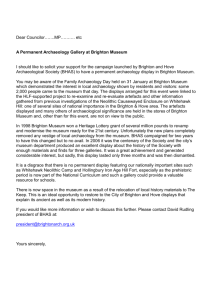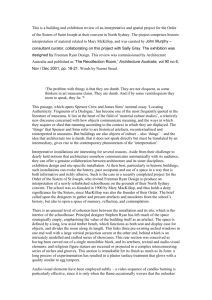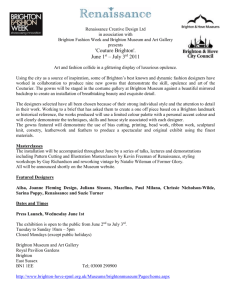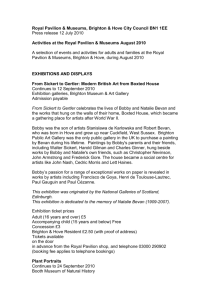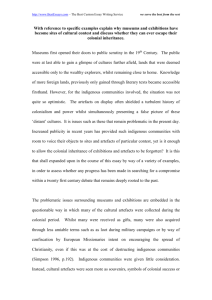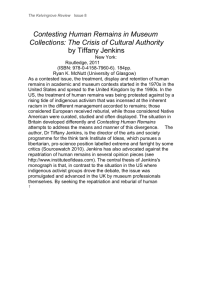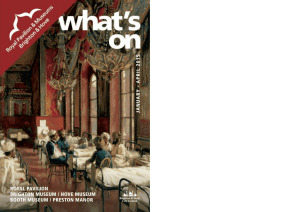Black History Debate 2010 - Brighton & Hove Black History Month
advertisement
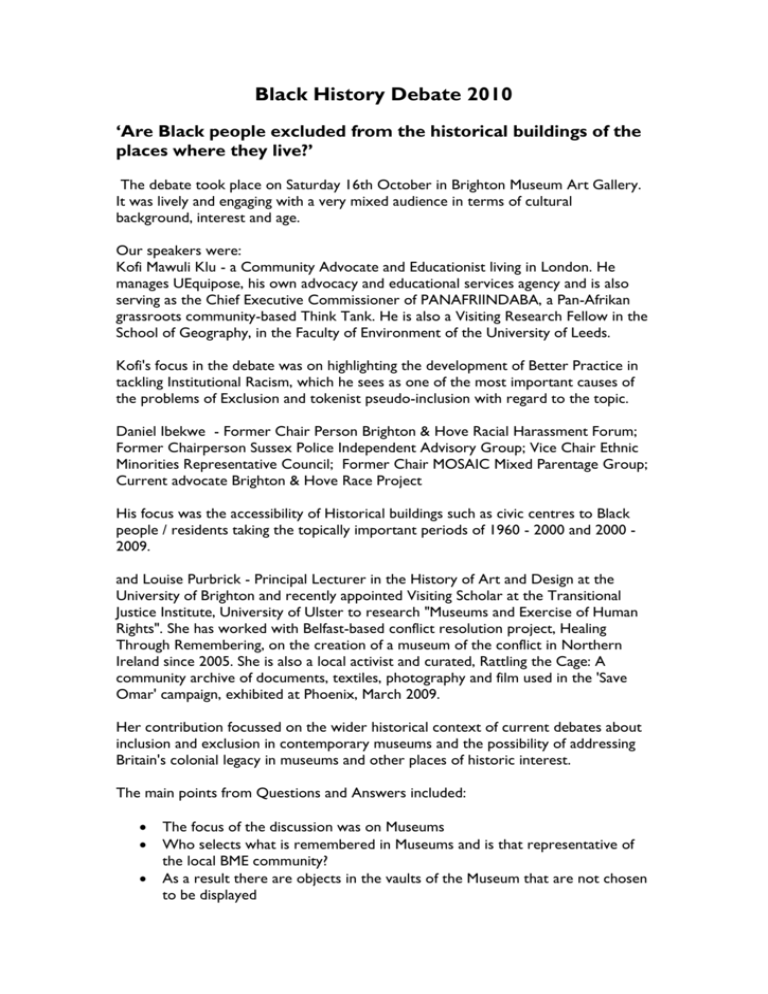
Black History Debate 2010 ‘Are Black people excluded from the historical buildings of the places where they live?’ The debate took place on Saturday 16th October in Brighton Museum Art Gallery. It was lively and engaging with a very mixed audience in terms of cultural background, interest and age. Our speakers were: Kofi Mawuli Klu - a Community Advocate and Educationist living in London. He manages UEquipose, his own advocacy and educational services agency and is also serving as the Chief Executive Commissioner of PANAFRIINDABA, a Pan-Afrikan grassroots community-based Think Tank. He is also a Visiting Research Fellow in the School of Geography, in the Faculty of Environment of the University of Leeds. Kofi's focus in the debate was on highlighting the development of Better Practice in tackling Institutional Racism, which he sees as one of the most important causes of the problems of Exclusion and tokenist pseudo-inclusion with regard to the topic. Daniel Ibekwe - Former Chair Person Brighton & Hove Racial Harassment Forum; Former Chairperson Sussex Police Independent Advisory Group; Vice Chair Ethnic Minorities Representative Council; Former Chair MOSAIC Mixed Parentage Group; Current advocate Brighton & Hove Race Project His focus was the accessibility of Historical buildings such as civic centres to Black people / residents taking the topically important periods of 1960 - 2000 and 2000 2009. and Louise Purbrick - Principal Lecturer in the History of Art and Design at the University of Brighton and recently appointed Visiting Scholar at the Transitional Justice Institute, University of Ulster to research "Museums and Exercise of Human Rights". She has worked with Belfast-based conflict resolution project, Healing Through Remembering, on the creation of a museum of the conflict in Northern Ireland since 2005. She is also a local activist and curated, Rattling the Cage: A community archive of documents, textiles, photography and film used in the 'Save Omar' campaign, exhibited at Phoenix, March 2009. Her contribution focussed on the wider historical context of current debates about inclusion and exclusion in contemporary museums and the possibility of addressing Britain's colonial legacy in museums and other places of historic interest. The main points from Questions and Answers included: The focus of the discussion was on Museums Who selects what is remembered in Museums and is that representative of the local BME community? As a result there are objects in the vaults of the Museum that are not chosen to be displayed Can BME people work towards feeling a shared ownership of the artefacts and objects at Museums and how can this be done? Discussion on the repatriation of objects – if they are, they will be back in the UK via the black market and no longer owned by the general public Challenging Museum structures and the way they work in the community From 2004 authorities by law need to know who is accessing services How to foster a new approach to these issues without it being solely a legal obligation The layout of exhibitions in the Museum creates particular spaces for artefacts relating to Empire, as a result they become marginal The Museum expressed a commitment to these issues, there is an ongoing dialogue that needs to happen It is not about it being Black history or European history but it is in fact the Black role in the making of world history and should be recognised as such The discussion was a passionate one, which reflected the importance of these issues within the BME community and for scholars and activists engaged with these questions. It opened up extremely fruitful areas of both dissention and agreement about who owns and controls ‘our’ heritage and how the issues raised impact upon wider questions of inclusion and exclusion in contemporary Britain. We hope to follow up on the debate in future events. By Cathy Bergin and Beth Harrison




